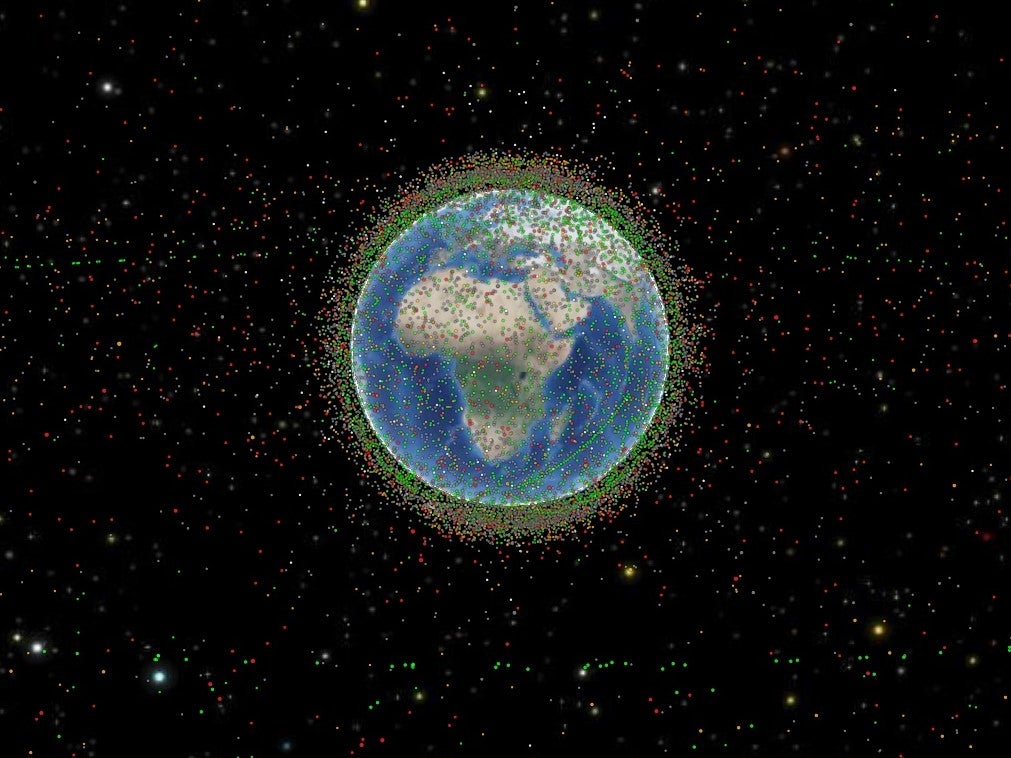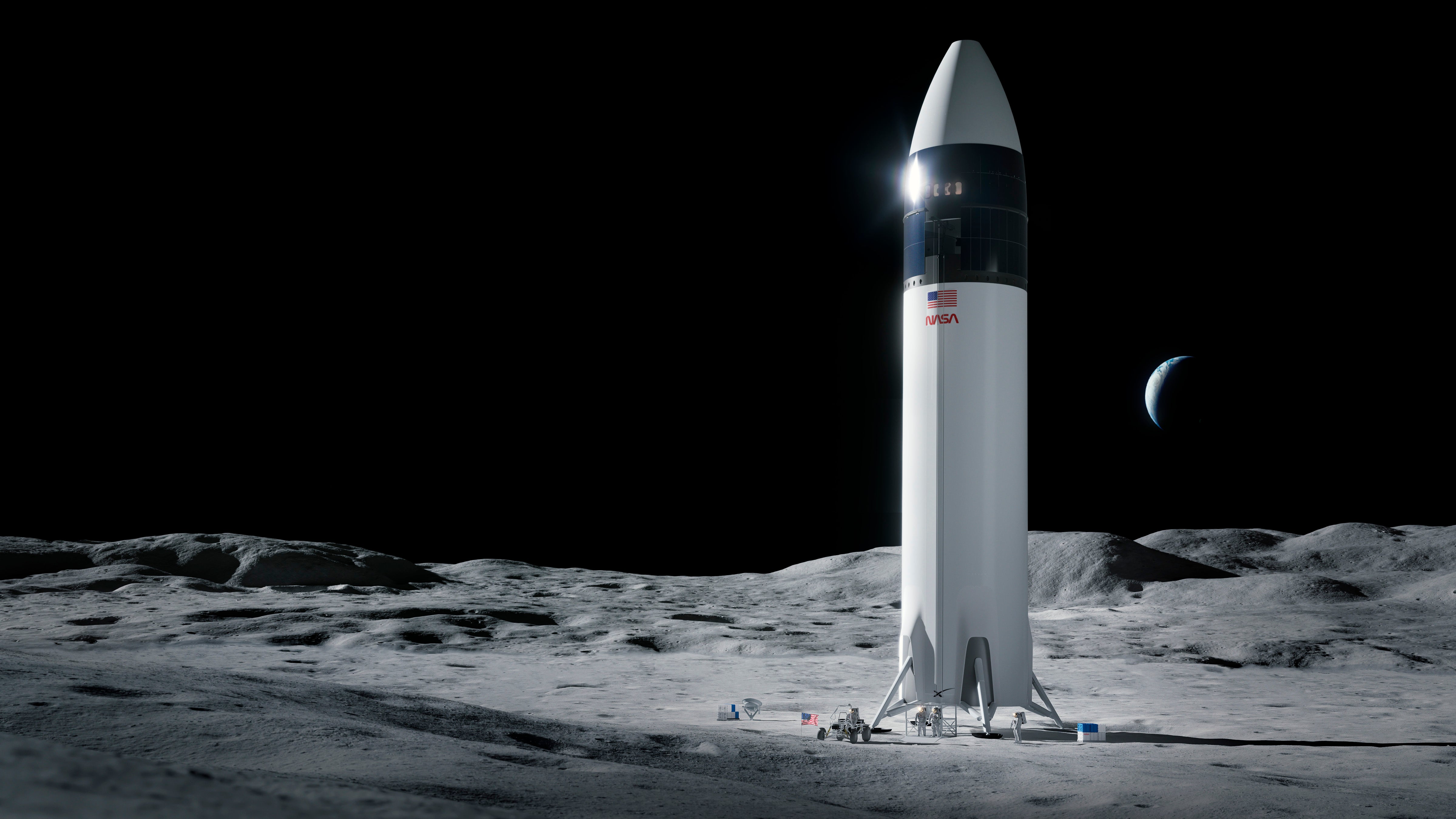Elon Musk now controls more than a third of all active satellites as SpaceX breaks rocket launch record

Your support helps us to tell the story
From reproductive rights to climate change to Big Tech, The Independent is on the ground when the story is developing. Whether it's investigating the financials of Elon Musk's pro-Trump PAC or producing our latest documentary, 'The A Word', which shines a light on the American women fighting for reproductive rights, we know how important it is to parse out the facts from the messaging.
At such a critical moment in US history, we need reporters on the ground. Your donation allows us to keep sending journalists to speak to both sides of the story.
The Independent is trusted by Americans across the entire political spectrum. And unlike many other quality news outlets, we choose not to lock Americans out of our reporting and analysis with paywalls. We believe quality journalism should be available to everyone, paid for by those who can afford it.
Your support makes all the difference.The latest SpaceX launch of Starlink internet satellites into orbit has broken the private space firm’s own record for the number of rocket launches in a calendar year.
The Falcon 9 flight, which lifted off from Cape Canaveral Space Force Station in Florida on Thursday, marked the 27th successful launch for Elon Musk’s company in 2021.
The payload of Starlink satellites also means Musk now controls more than 36 per cent of all active satellites in orbit, according to data from CelesTrak.
SpaceX’s Starlink project aims to establish a vast network of table-sized satellites around the Earth in order to beam high-speed internet to the ground.
There are now more than 1,750 active Starlink satellites in orbit, though SpaceX has filed paperwork to create a 42,000-strong constellation of satellites.
Up to five more SpaceX launches are planned before the end of the year, with the next one scheduled for the 9 December.
Musk said the Starlink network would provide “near global coverage of the populated wold”, but will mostly serve rural and isolated regions that are poorly served by conventional ground-based infrastructure.
The venture has already faced criticism from the Satellites Constellation (SatCon1) coalition of astronomers, who claimed the largest ever satellite constellation could prove “extremely impactful” to scientific advances.
The Starlink satellites, which typically launch in batches of between 50 and 60, have previously prompted UFO reports due to the unusual string-like formation, however SpaceX has taken measures to reduce their visibility to ground-based observers.

The SpaceX boss is currently the wealthiest person on the planet, with an estimated net worth of $311 billion (£234bn), according to the Bloomberg Billionaires Index. His closest rival, fellow space enthusiast Jeff Bezos, has a fortune of $201bn.
Both Musk and Bezos are currently rivals in what has become known as the billionaire space race, with Bezos’ Blue Origin firm currently focussed on sending private citizens to the edge of space aboard its New Sheperd rocket.
SpaceX secured a multi-billion deal with Nasa earlier this year, beating out Blue Origin in the process, but Musk warned this week that the private space firm risks bankruptcy if its next-generation Starship rocket is not able to achieve regular launches in 2022.
“If a severe global recession were to dry up capital availability/ liquidity while SpaceX was losing billions on Starlink and Starship, then bankruptcy, while still unlikely, is not impossible,” he tweeted on Tuesday.
There has only been one successful high-altitude launch and landing of the Starship craft to date, though plans are already in place to perform the first orbital flight early next year.

The long-term goal is to mass produce the space craft and use them to transport people and cargo around the Solar System, eventually establishing a permanent human colony on Mars.
“The magnitude of the Starship program is not widely appreciated. It is designed to extend life to Mars (and the Moon), which requires ~1,000 times more payload to orbit than all current Earth rockets combined,” Musk said.
“Starship will enable a quantum leap in deep space and planetary science.”

Join our commenting forum
Join thought-provoking conversations, follow other Independent readers and see their replies
Comments